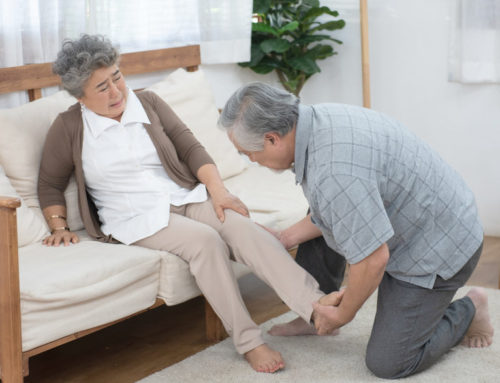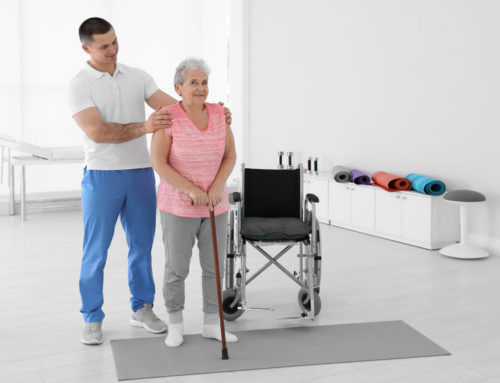Share This Story!
More Than A Pretty Sound
Loneliness and depression aren’t conditions that are unique to senior citizens. Both conditions can be found in people across a range of ages, genders, and a variety of socioeconomic factors. But in seniors, both loneliness and depression can be a precursor for other more serious conditions. Recent studies show both loneliness and social isolation are considered serious public health risks for older adults in the United States. So, what are the risks, and what can be done to curb both conditions?
Contributing factors to loneliness in seniors
While loneliness can strike people of all ages, seniors tend to experience specific events which make being alone or socially isolated more likely to occur. In particular, seniors are more likely to live alone, have loved ones who have passed, a chronic illness, or even hearing loss. Illness can limit mobility and activity, while hearing loss can make some seniors hesitant to go outside and interact with other people. Note, though, that feelings of loneliness can be present even for seniors who live with or frequently interact with other people.
The health risks posed by loneliness and depression
Beyond the mental health impact, research shows that both loneliness and depression in seniors are linked with other degenerative physical diseases and conditions. Studies conducted in aging populations found that loneliness, in particular, was linked to a higher risk of an older person developing high blood pressure, obesity, heart disease, anxiety, depression, cognitive decline, a weakened immune system, Alzheimer’s disease, and even death.
Depression isn’t a natural part of aging
Although depression can and does occur in seniors, the mental condition is not a natural part of aging. Roughly 6 million Americans aged 65 and older struggle with depression but only 10% get treatment. However, the causes of depression can be slightly different than the reasons that contribute to the condition in other segments of the population. A common contributor is an underlying illness or disability, along with a reduced social support system. And as compared to other age groups, depression in older adults tends to last longer. Just like with loneliness, depression can also increase a senior’s risk of cardiac diseases or death from an illness.
Minimizing the risk of depression and loneliness in seniors
While research around depression and loneliness and the impact on senior health is still limited, most experts agree that because of the associated health risks, interventions are necessary. Encouraging seniors to engage in the world and build relationships within the community may reduce the health risks associated with both conditions. Checking in on seniors, encouraging doctor visits for a hearing check, and get a hearing aid if necessary can all aid in maintaining social connections and reducing isolation. Likewise, evidence suggests that pets can help minimize feelings of social isolation and loneliness. For more information about depression treatment and mental health, speak with a healthcare provider.





